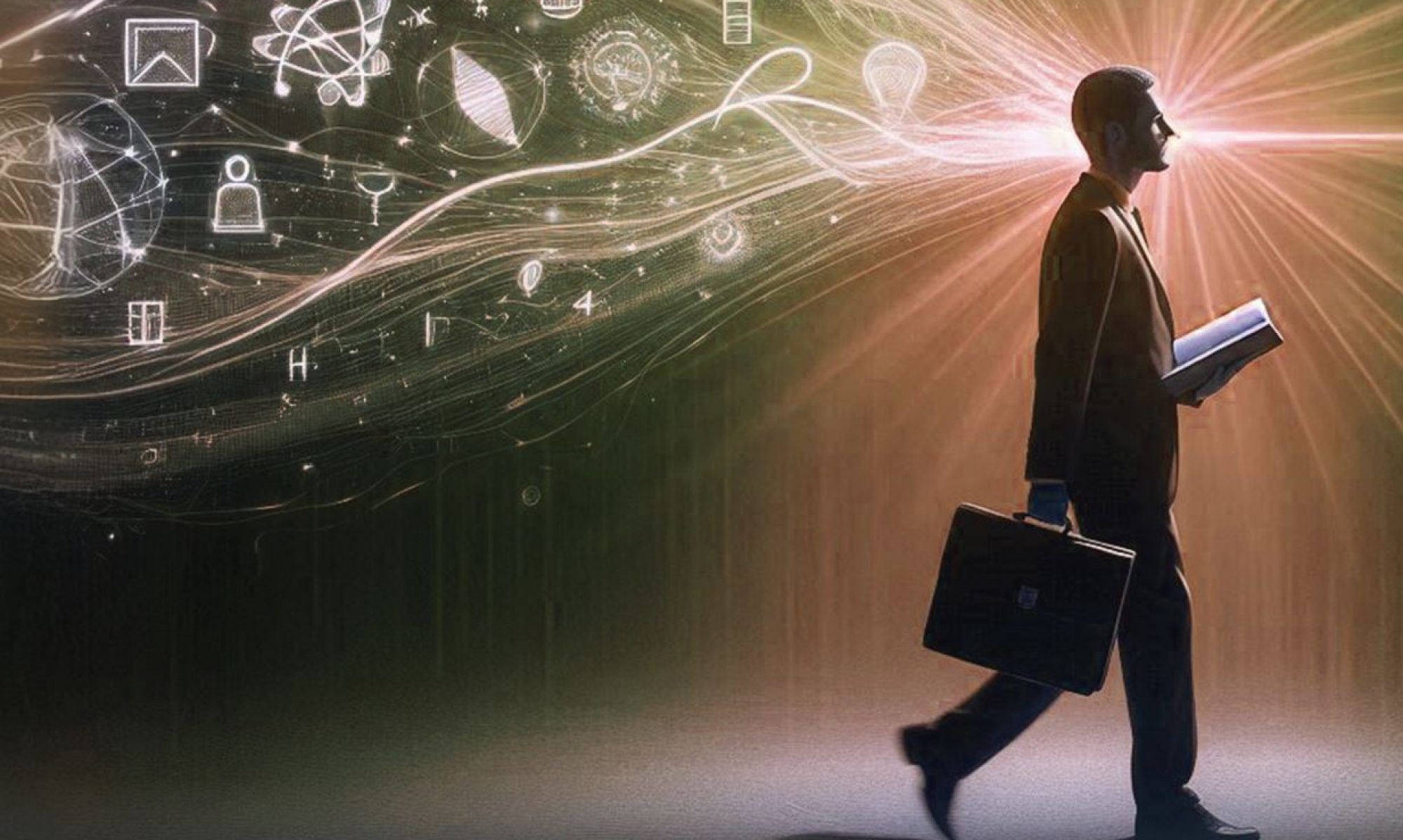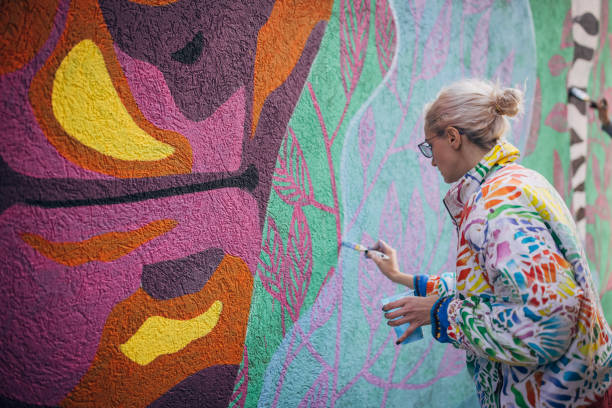One of the most impactful forces behind innovation, culture, and change is creativity. From jaw-dropping art and soul-stirring music to earth-shattering scientific breakthroughs and architectural wonders, creativity is the lifeblood of everything we do. However, despite its vital importance, creative people have a hard time with recognition, validation, and acceptance from society. There have been questions such as, “Does society hate creative people”? There is no simple answer. Society both reverses and undermines creativity. It honors great artists, musicians, and designers, and also ignores innumerable nameless creators whose identities remain hidden. This speaks to such ingrained cultural prejudices, economic structures, and systemic problems that stifle creative work; In this article, we will delve into the challenges creative people encounter, the rationale behind society’s contradictory approach towards them, and potential methods to nurture and encourage creativity in all its forms.
The Paradox of Creativity: Admired Yet Overlooked
That creative people are revered and yet, in some ways, still dismissed. The fruit of their labor — films, music, literature,e, and art — are enjoyed by society but the hard work behind these achievements is often neglected. Thousands of hidden creative works remain uncelebrated, yet a handful become cultural beloveds. “Does society hate creative people” because it does not recognize their plight? Many would say that it does, or at least undervalues their contributions.
Take Michelangelo’s David, that world-renowned masterpiece. But most people are unaware of the complexities that go behind it. Michelangelo carved David’s pupils with such depth that his gaze is much more intense and alive. These are the nuances that show true craftsmanship but which go unnoticed by the casual viewer. This phenomenon has permeated beyond the fine arts — designers, musicians, and writers all find themselves subject to how people treat the finer details of their work.
The Convenience Culture and the Devaluation of Creativity
Convenience is king in modern society. People want instant results without understanding the process in between. This mindset can mar the way we view creativity:
- But hardly anyone sticks around to watch the credits roll at the end of a movie to acknowledge the hundreds of workers who helped make it happen.
- Few ask who designed the streamlined interface of their favorite app.
- We listen to music and read books, with no thought to those years of effort put into them.
This constant push for speed creates a decreasing value for creativity. People tend to take something for granted if they have access to it. As a result, countless creative professionals find that their work is seen as having no value unless it becomes a blockbuster.
Measuring Creativity: The Commercialization Dilemma
The nature of creative work makes it one of the hardest jobs to measure value in. Whereas in most career fields, success is measured in salaries and job titles, creative success is more subjective — it comes down to whether your audience likes it, how many sales, or how many likes you get on social media.
- A song’s value is often measured by streams, rather than artistic merit.
- The film’s success is measured at the box office not in narrative mastery.
- A painting’s worth is determined not by its historical or emotional import, but by its auction price.
Since creativity cannot always be quantified, most creative people find it hard to monetize their craft, and that leads to depression and self-doubt.
The Struggle of Creative Individuals in Traditional Systems
Society is built upon systems that are reinforced by a culture of conformity and predictability. Sadly though, creativity relies on exploration, ambiguity, and risk, making creative people often at odds with these systems. “Does the society hate creative people” because they are against the system? The answer has to do with how traditional systems react to creativity:
Why the Educational System is Failing to Inspire Creative Thinking
Schools are built to create sameness, not uniqueness. Standardized testing, regimented curriculums, and an emphasis on rote memorization stifle creativity. Creative types often find the way formal education has been structured to reward logical, rational, sequenced, thinking, a bit of a tricky proposition. Although some schools offer arts programs, these are frequently positioned as ancillary to traditional subjects such as math and science.
Play Well: Transforming a To-Do List into a Put it on a Budget List.
Because corporate environments are built around efficiency, this is generally antithetical to creativity. Workers are bound by tight deadlines, rigid protocols, and strict hierarchies. This can be suffocating for a creative soul. Many struggle with:
- Reduced autonomy: Creativity thrives in situations that grant flexibility and experimentation.
- Risk aversion: Firms will always take the safer, more established path, not the new and untested plan.
- This requires cost considerations: Businesses care about financial success, not artistic integrity.
What Time Are You Going for Your Mental Health Struggles of Creative People
The pressures of their work, coupled with society’s lack of understanding, often lead creative people to face mental health challenges. The same characteristics that make them creative — introspection, emotional richness, intense sensitivity — can also leave them vulnerable to anxiety, depression,n, and self-doubt. Sadly, mental health systems often misdiagnose or oversimplify the troubles of creative types, contributing to further alienation.
Creative Professions and Financial Instability
Few creative careers provide financial security, making them unappealing in a world that values financial stability. While traditional jobs may offer stability in income and career progression, creative jobs are more fluid in their structure, leading to income variability, project-based work, and high competition. What artists, writers, musicians, and designers often experience:
- Underpayment and exploitation: birçok kişiden kendisine pazar alıp çalışması isteniyor, genellikle serbest çalışmak.
- Freelancer activists: Independents face the pressures of the gig economy — inconsistent work, and unpaid labor.
- Intellectual property issues: Copyright and piracy threaten their income, and royalties can be difficult to enforce.
The creative industry lacks institutional structures, and as a result, creative = individuals are forced to struggle with these struggles individually, causing many to struggle to maintain their passion in the long run.
The Fear of New Ideas and Societal Resistance
New ideas have always met resistance throughout history. Innovations are often ridiculed or dismissed by society, but eventually. Consider:
- The original iPhone, a game changer, was dismissed for its expensive price tag and absence of a physical keyboard.
- Impressionist painters such as Monet and Van Gogh were mocked before they became famous.
- People such as the astronomer Galileo were persecuted for thinking out of the box.
The genesis of creativity comes in contradiction to the status quo and nothing pushes against the structure like creativity — however, these structures exist to preserve the very nature of the status quo. This clash encourages creatives to forge ahead despite doubt and dissent.
Solutions: Empowering and Supporting Creative Individuals
If society genuinely values creativity, it needs to foster and encourage it. Here are some steps you can take to do just that:”
Rethinking Education for Nurturing Creativity
- Add experiential learning and project-based opportunities.
- Let different fields of knowledge and research come together (arts, sciences, and humanities).
- Mentorship where students learn from experienced creatives
Building Economic Pathways for Arts-Based Professionals
- Now come up with better protection laws for copyrights to protect these people.
- So, government grants and funding for artists, writers, and musicians.
- Support equitable compensation for creative work to avoid exploitation.
Changing Corporate Mindsets
- Promote work environments that are flexible to promote innovation.
- Learn to embrace risk, experimentation, and business aid.
- Foster diverse hiring practices that appreciate out-of-box thinking.
Mental Health Issues for Creatives: a Stigma that Need Not Apply
- Is a sweet and light-hearted way to encourage awareness and mental health resources for creative minds.
- Offer workshops regarding emotional intelligence and resiliency.
- Encourage creative environments to share experiences and uplift one another.
Conclusion: Society’s Complex Relationship with Creativity
Thus, the title of this post: “Does Society Hate Creative People?” The reality is nuanced. Society both celebrates and undermines creativity. Creative works are consumed and appreciated, yet the people behind creative works often struggle with recognition, financial stability, and systemic challenges. With that in mind, we must create the conditions for creativity to thrive through education, economic policy, the interests of corporations, and the support of mental health if we are to preserve a future world of ideas, art, and work. It will only then that we will fully realize that people who are creators of some sort in their professional lives have changed the way we exist, lead, design, achieve, connect, think, etc.

